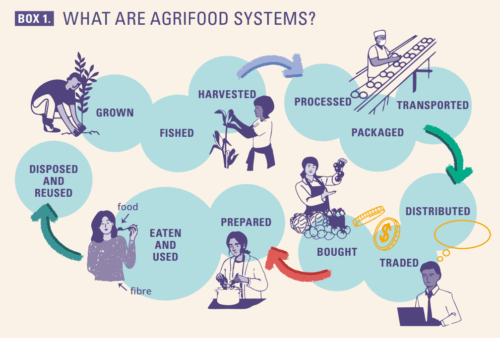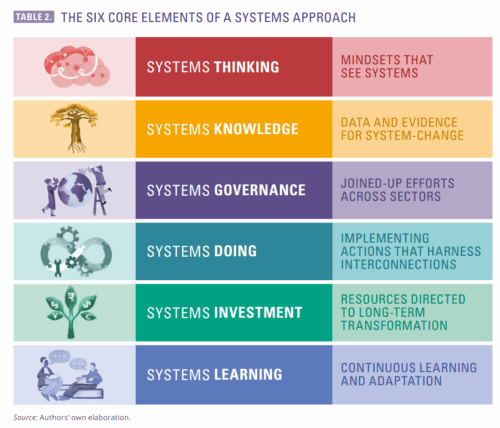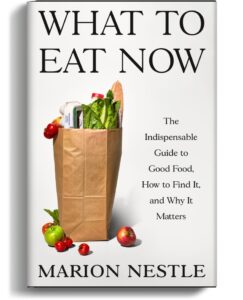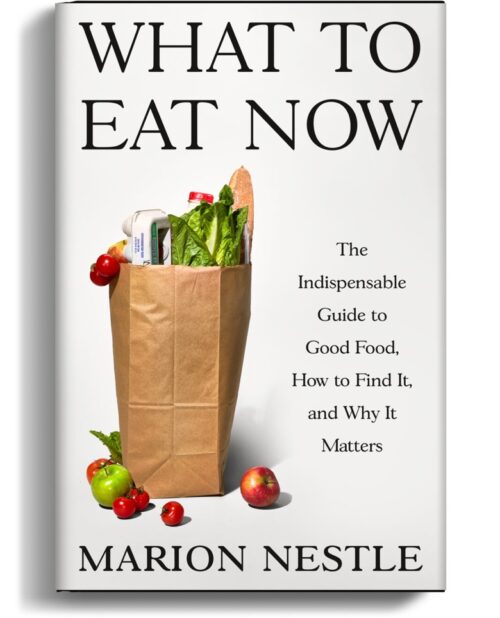The safety of pet food matters because we have one and only one food supply. If pet food is unsafe, our safety is at risk.
You don’t believe me? Try this: Darwin’s raw pet food linked to human case of E. coli O157:H7 in four-year-old child
The US Food and Drug Administration (FDA) is advising the public not to feed certain lots of Darwin’s Natural Pet Products raw food to their pets after a four-year-old child became ill with E. coli O157:H7…The child was hospitalized, and developed a severe case of hemolytic uremic syndrome (HUS), requiring dialysis. He spent a total of six weeks in hospital and is at risk of permanent injury to his kidneys.
The world of people who care about this sort of thing and demand that authorities do something about it is a small one. I learned about this from Phyllis Entis, author of TAINTED. From Farm Gate to Dinner Plate, Fifty Years of Food Safety Failures and TOXIC. From Factory to Food Bowl, Pet Food Is a Risky Business.
She learned about it from food safety advocate Bill Marler. As the food alert explains,
The contamination came to light after food-safety attorney, William Marler, initiated third-party testing of an previously unopened package of BioLogics All-Natural and Grain Free, Beef Recipe for Dogs found E. coli O157:H7 in the raw, frozen product. Whole genome sequencing (WGS) confirmed that the strain found in the pet food was a match for the strain recovered from the child…when Marler reviewed the files once more, he noted that the family had a dog, and…learned that the dog exclusively ate Darwin’s pet food, and had begun vomiting one day before the child fell ill…Marler arranged for an accredited third-party laboratory to test the sealed packages of food that were still in the family’s freezer.
Marler has plenty of work to do. He now asks: After Listeria, Salmonella and E. coli positive samples, and HUS in a child, why no mandatory recall by the FDA?
In less than one year Darwin’s Natural Pet Products have been found to be contaminated with Listeria, Salmonella (three times) and E. coli O157:H7. This year Dawin’s pet food has been epidemiologically and genetically linked to kidney failure in a young child in Utah.
Yet, although Darwin’s has refused voluntary recalls in both instances, the question must be asked, why has the FDA not used its mandatory recall authority?
Comment: It’s great that Bill Marler took lthis on but shouldn’t this be the FDA’s responsibility? Producers are supposed to produce foods safely—by law. The FDA is responsible for making sure they do. Its responsibilities apply to pet foods and well as human foods. Raw pet food is uncooked and potentially risky; it requires vigilant attention to prevention controls. This line of pet foods is not getting needed attention to food safety. The FDA should be enforcing food safety rules, vigilantly, and yes for pet foods too. What happened to this child and his family was entirely preventable.
Note to dog lovers: if you feed your pet raw food, you are taking a risk, and not only to your animal.
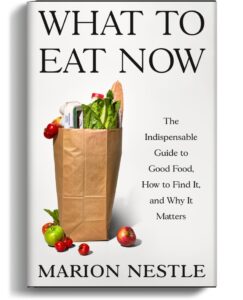
Forthcoming November 11, 2025
For Information and Pre-Orders, click here
